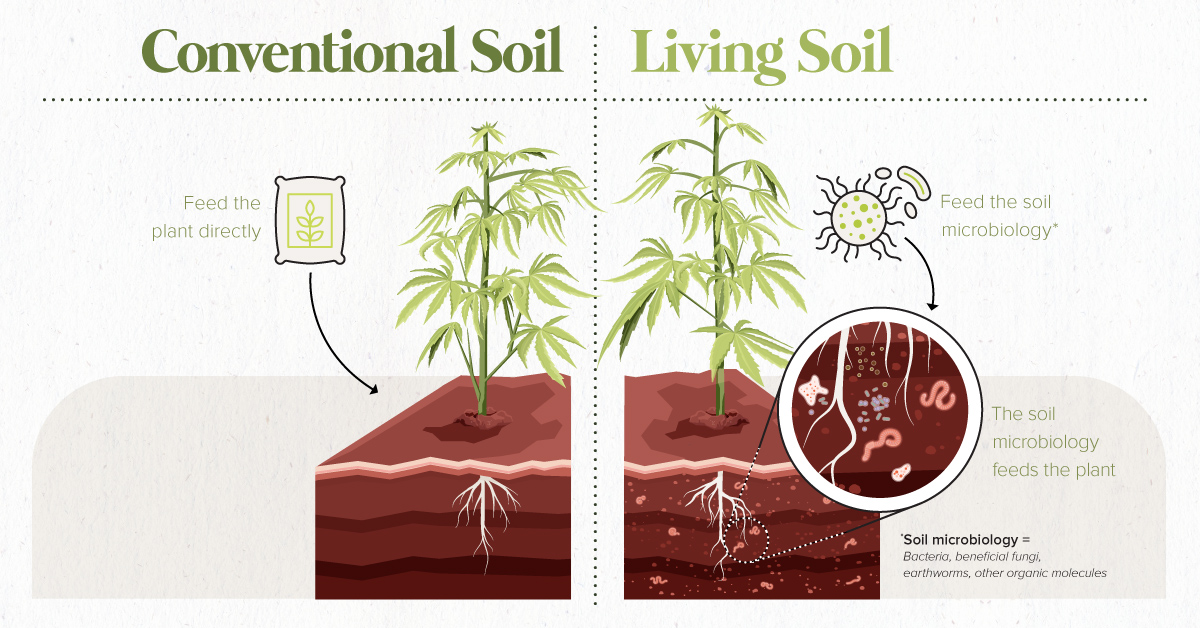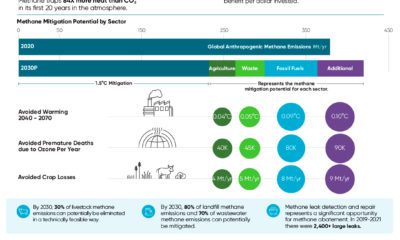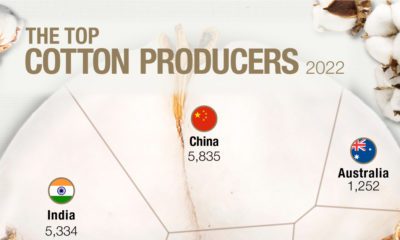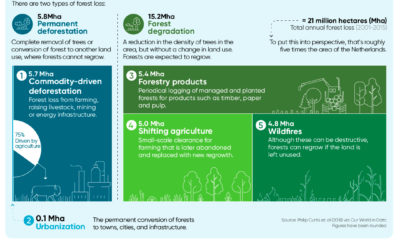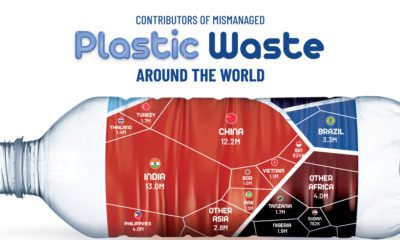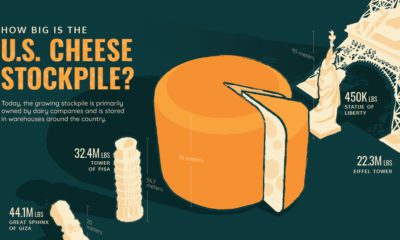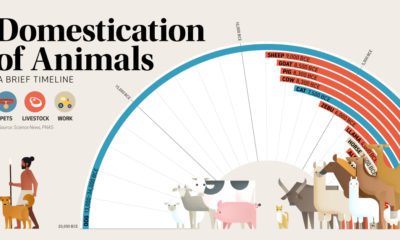Canada has now become the first G7 country to legalize recreational cannabis nationwide – and across the border, more U.S. states are also entering what could become a $95 billion market by 2026. As the industry matures, product quality will become a strong differentiator between those competing for market share. But what makes for a top-notch cannabis product, and does organic farming play a role in this?
How Quality Cannabis is Made
Today’s infographic from The Green Organic Dutchman explains what goes into making a high quality cannabis product, and why the industry could be gearing towards embracing organic farming. The first major factor that affects quality is where it is grown. For most of its 6,000-year history, cannabis was predominantly grown outdoors. In a more modern setting, however, indoor cultivation has increased in popularity. Here are the pros and cons of both environments: Interestingly, many modern cannabis producers do not rely on soil as a growing medium anymore. Instead, they use the latest technology to improve upon traditional methods: While growing cannabis using innovative methods can result in healthy and high-yield products, this also increases operational and labor costs. At the same time, it’s clear that the way cannabis is grown significantly affects the final product and its environmental footprint.
The Issue with Modern Cannabis
Even with all of these other innovations that help in achieving a superior product, many cannabis growers use “super chemicals” or pesticides to achieve rapid growth for their plants. The catch? Cannabis plants are effective at leaching toxins from soil, which means they can easily wind up in the final product. What’s more, commonly used pesticides such as pyrethins can be safe for consumption in trace amounts. But when cannabis is smoked, the heat can make these chemicals much more toxic for humans. There’s also mother nature to consider. In modern farming, leftover byproducts often run off into the groundwater, polluting nearby bodies of water. Growing cannabis organically in living soil avoids all the above problems.
No pesticides, herbicides, or fertilizers are present in the environment Cannabis plant and soil microbiology have a symbiotic relationship Maintains an ecological balance among the plant and its surroundings
The result of this all-natural process? A safe and premium consumer cannabis product. As the cannabis green rush progresses, we will dive further into the push towards organic products in the agri-food industry, and what this means for the rapidly-maturing cannabis space. on Over recent decades, farmers have been able to more than double their production of crops thanks to fertilizers and the vital nutrients they contain. When crops are harvested, the essential nutrients are taken away with them to the dining table, resulting in the depletion of these nutrients in the soil. To replenish these nutrients, fertilizers are needed, and the cycle continues. The above infographic by Brazil Potash shows the role that each macronutrient plays in growing healthy, high-yielding crops.
Food for Growth
Nitrogen, phosphorus, and potassium (NPK) are three primary macronutrients that are the building blocks of the global fertilizer industry. Each plays a key role in plant nutrition and promoting crop growth with higher yields. Let’s take a look at how each macronutrient affects plant growth. If crops lack NPK macronutrients, they become vulnerable to various stresses caused by weather conditions, pests, and diseases. Therefore, it is crucial to maintain a balance of all three macronutrients for the production of healthy, high-yielding crops.
The Importance of Fertilizers
Humans identified the importance of using fertilizers, such as manure, to nourish crops dating back to nearly 6,000 to 2,400 BC. As agriculture became more intensive and large-scale, farmers began to experiment with different types of fertilizers. Today advanced chemical fertilizers are used across the globe to enhance global crop production. There are a myriad of factors that affect soil type, and so the farmable land must have a healthy balance of all three macronutrients to support high-yielding, healthy crops. Consequently, arable land around the world varies in the amount and type of fertilizer it needs. Fertilizers play an integral role in strengthening food security, and a supply of locally available fertilizer is needed in supporting global food systems in an ever-growing world. Brazil is one of the largest exporters of agricultural goods in the world. However, the country is vulnerable as it relies on importing more than 95% of its potash to support crop growth. Brazil Potash is developing a new potash project in Brazil to ensure a stable domestic source of this nutrient-rich fertilizer critical for global food security. Click here to learn more about fertilizer and food production in Brazil.








